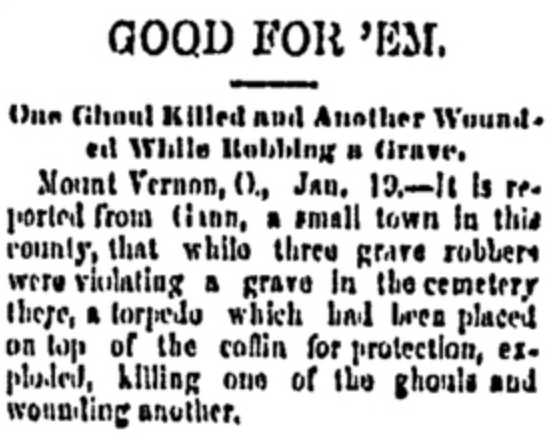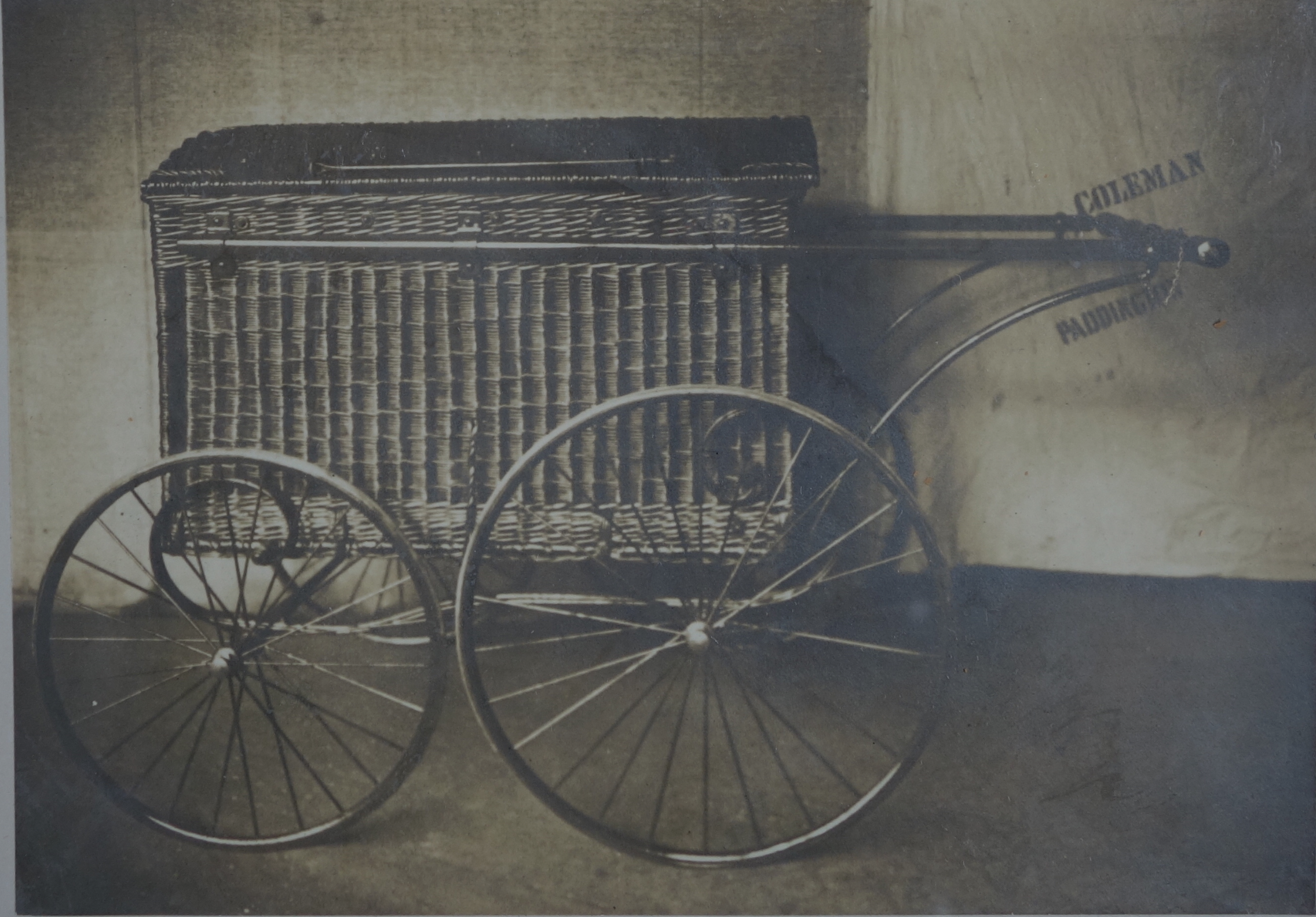I’ve blogged before about the use of flintlocks and other gun-lock mechanisms used as initiators in IEDs between the end of the 16th century and the middle of the 19th century. Some recent digging has made me think that the integration of a timing mechanism with a flintlock mechanism was a widely used system, perhaps not regularly within an IED but widely enough that it’s use must have been well known, even if only as a potential initiation system. Here’s some images of a couple of peculiar alarm clocks which I think make the point well. The operator sets a time on the clock which when reached released a spring loaded trigger on a flintlock. A small amount of powder is then initiated which also ignite the wick of a candle which then by a linked spiring stands up in the box. These are I think from the period 1715- 1740 or thereabouts. Nowadays we’d call these a Time and Power Unit (TPU)
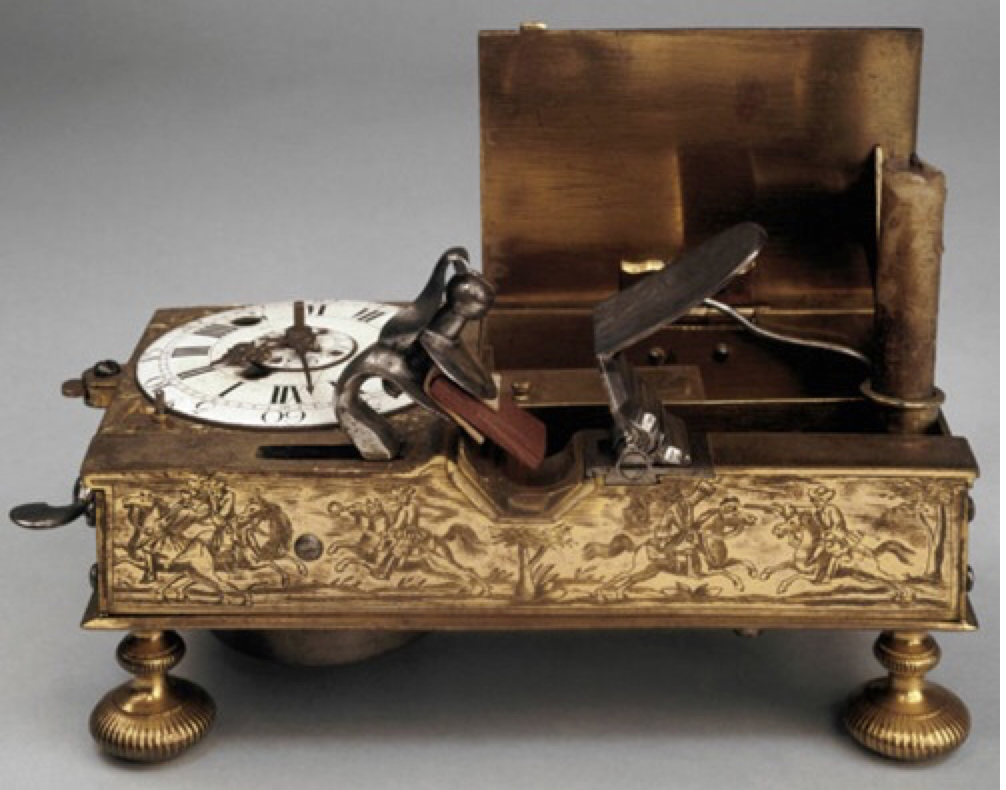
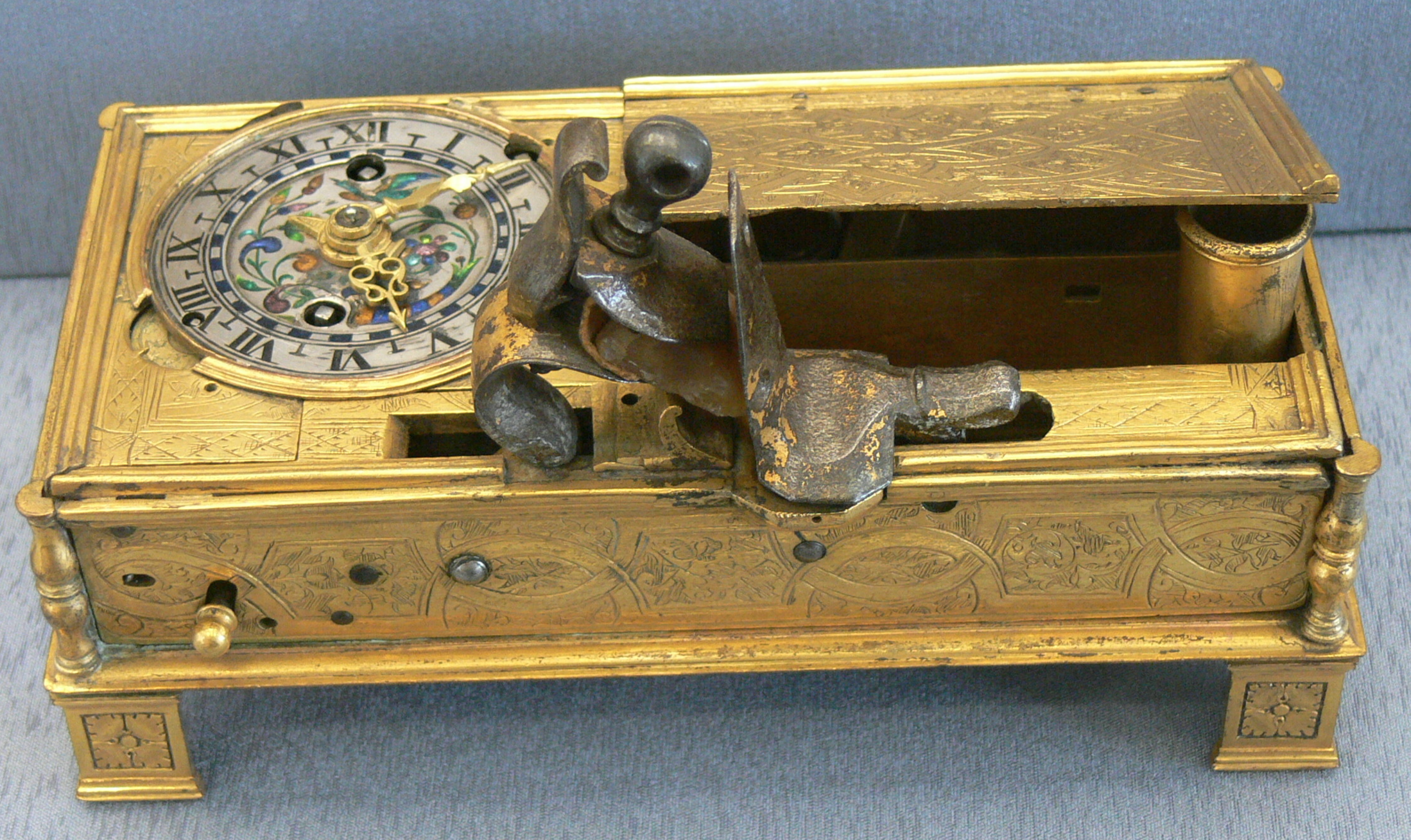
I have also found a “set gun” which attached a flintlock to a tripwire, used as a deterrent for both for both poachers and grave robbers. Here’s an image of one of these.
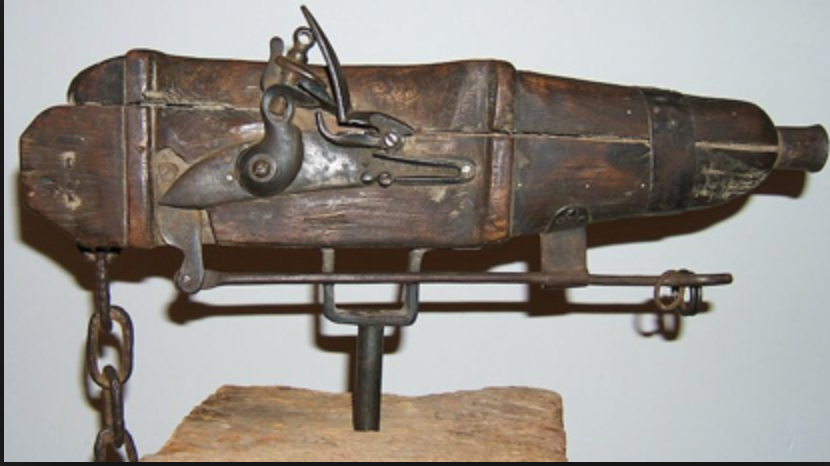
To be clear I’m not suggesting any of these are IEDs, just that such a mechanism could have been used at the time to initiate explosive devices. The set guns were outlawed eventually but in 1878 an inventor, Mr Clover of Columbus, Ohio then came up with a “coffin torpedo” to deter grave robbers who opened a coffin with something like a shotgun cartridge, initiated by the opening lid. “Torpedo” was the name given to IEDs at that time.
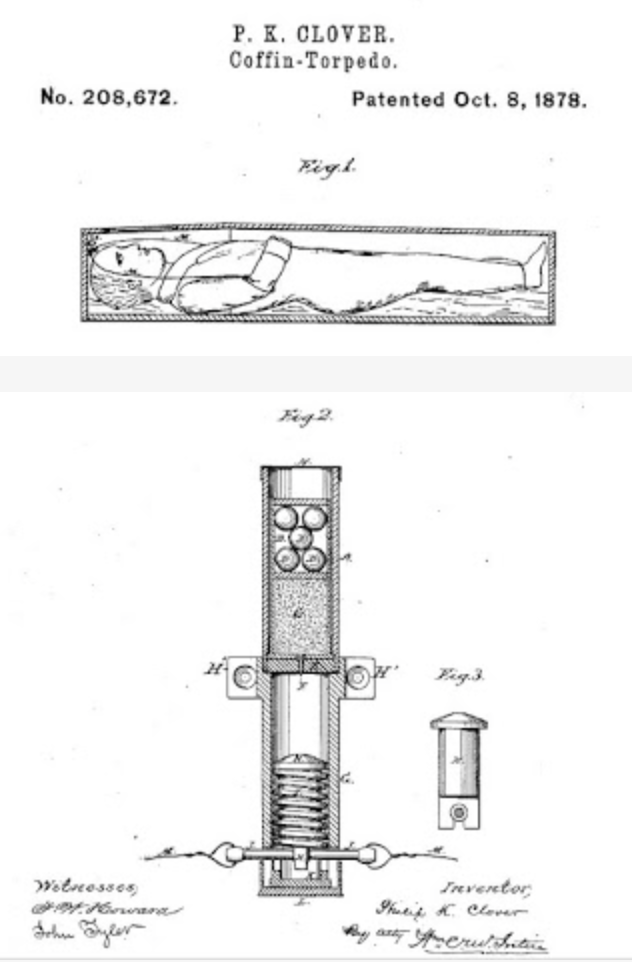
In 1881 a Mr Howell invented two “Grave Torpedos”, much more like IEDs and images from the patent application is shown below. These were much more like an American Civil War land mine, placed on top of a coffin with a plate above it, designed to be initiated when the grave robbers dug down.
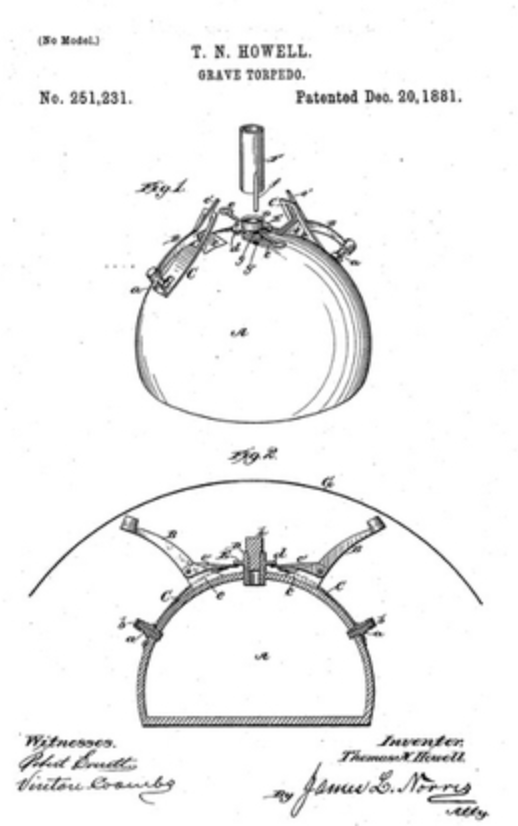
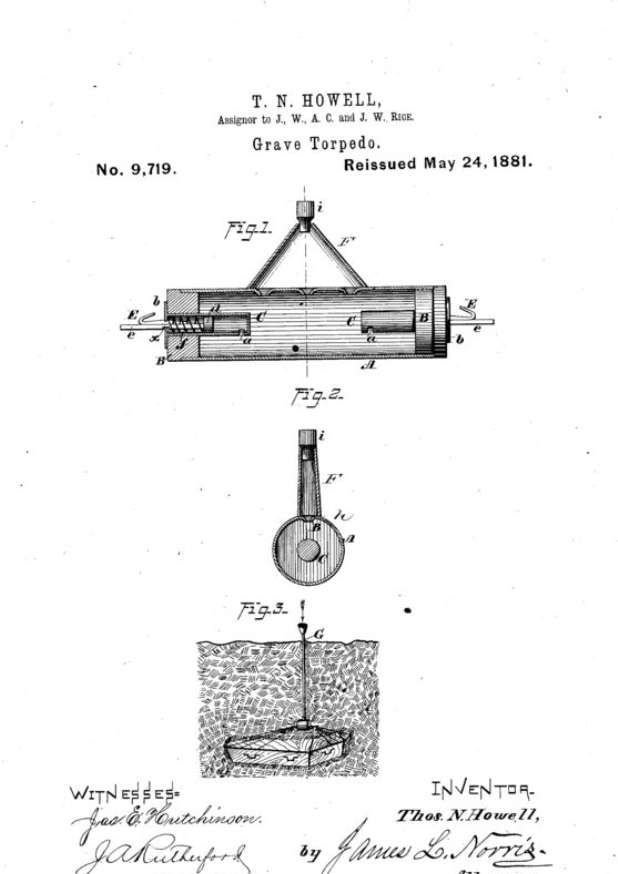
These were effective – a grave robber was killed by the device and an accomplice wounded:
